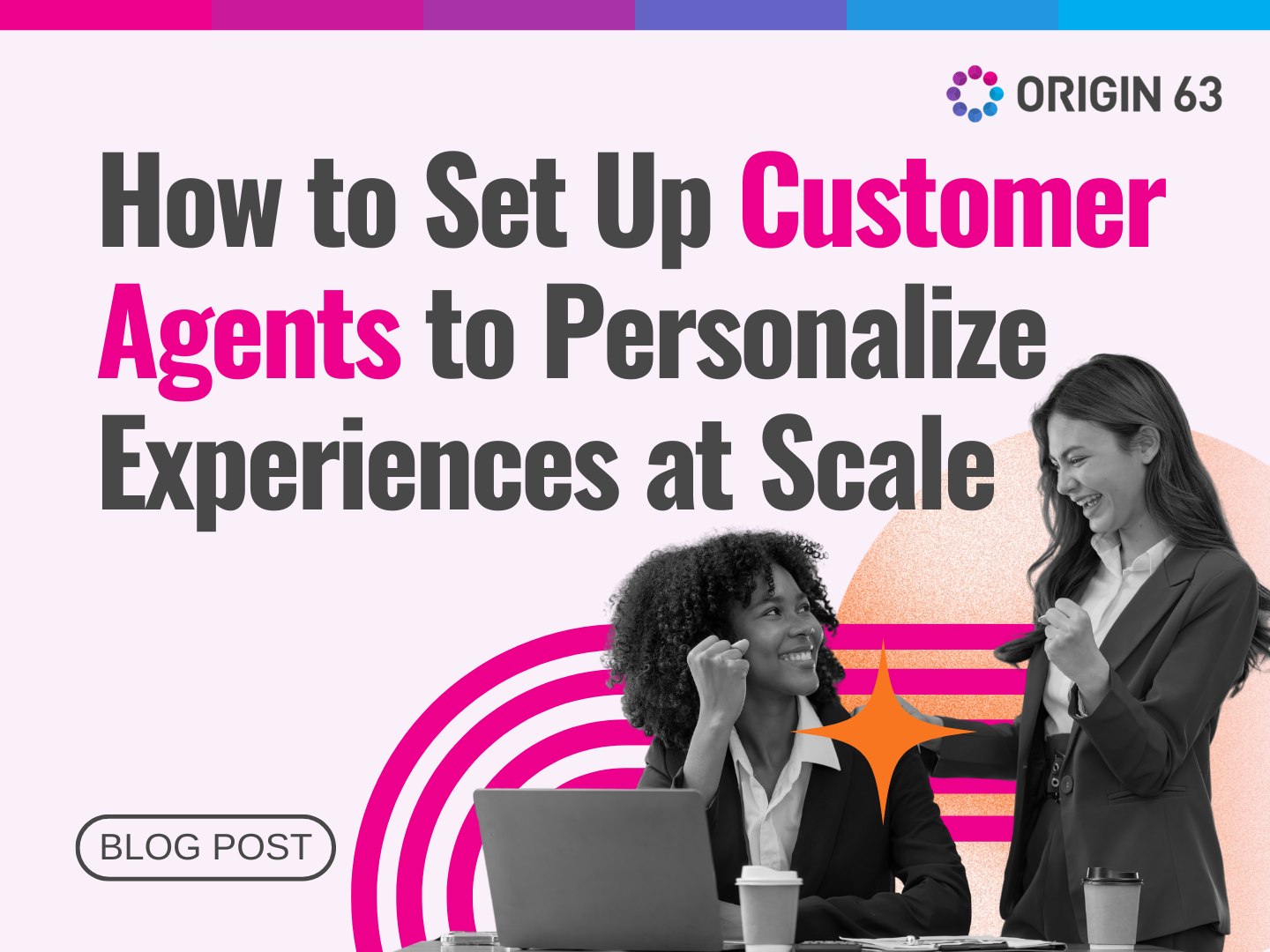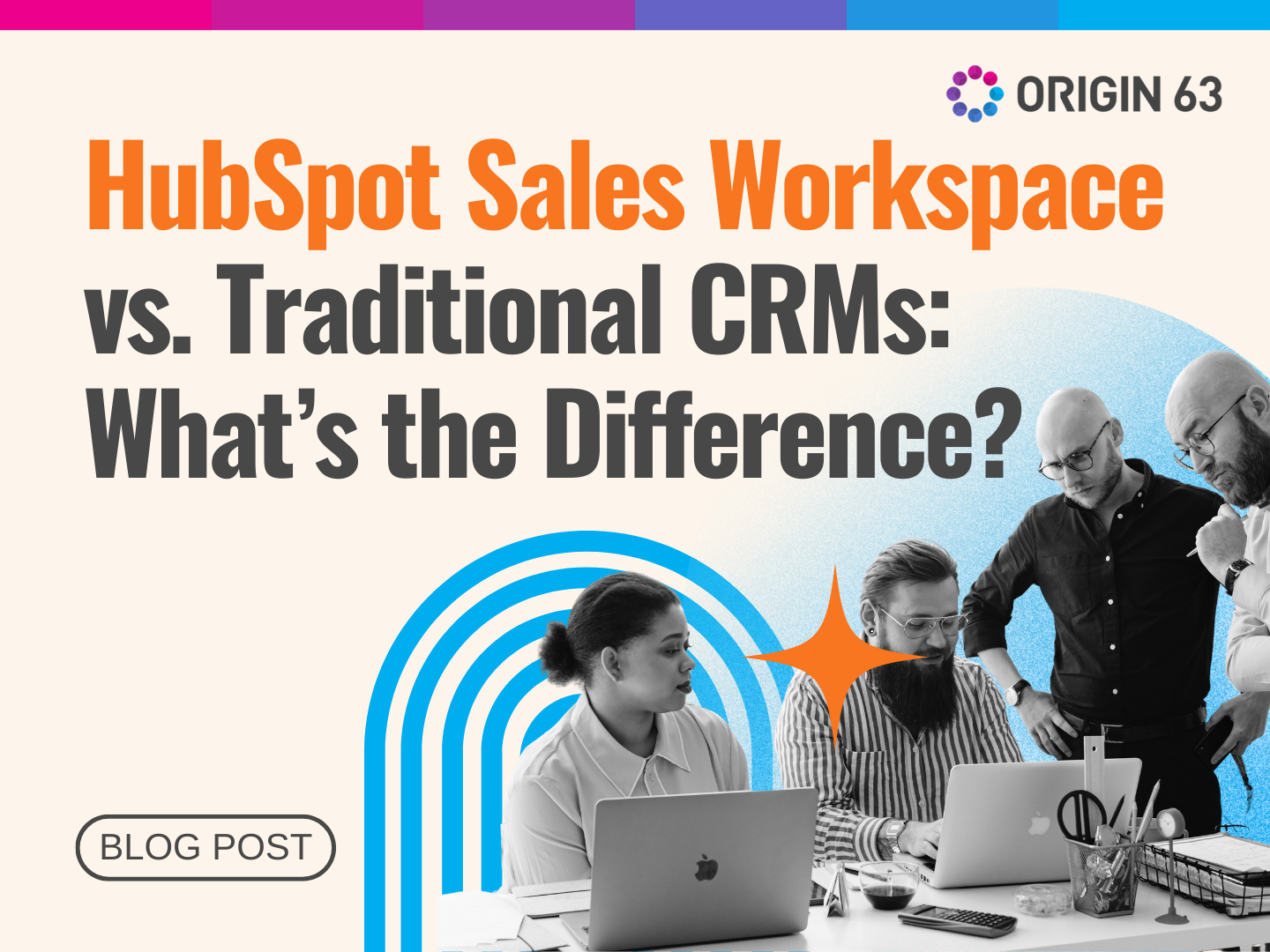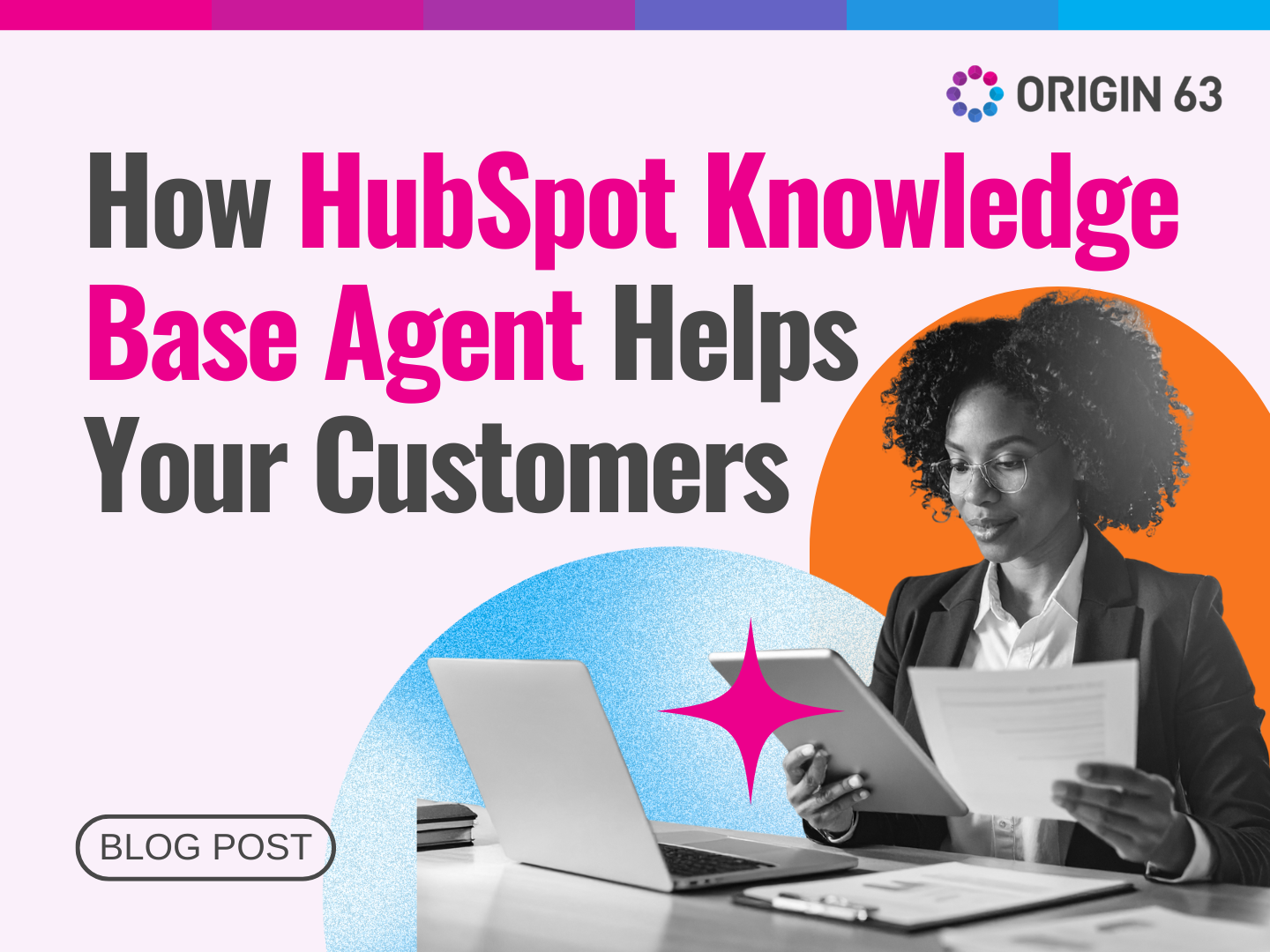When you're building a new knowledge base in HubSpot Service Hub, the blank page can feel overwhelming. You know you need to create articles that help customers, but where do you start? What topics should come first?
The truth is that customers today expect self-service options. If you don't have a knowledge base, you're making life harder for both your customers and your support team.
In this blog, we'll walk through the first 10 articles every HubSpot knowledge base should have. These articles will help you answer the most common questions, reduce support tickets, and give your customers the fast answers they need.
Why Start With the Right Articles?

Before we get into the list, it's worth understanding why choosing the right first articles matters so much.
When you launch a knowledge base with the wrong content, customers won't find what they're looking for. They'll still email or call support, and your team won't see the benefits that come from self-service.
On the other hand, when you start with articles that match real customer needs, you'll see results right away. Tickets drop, customers feel more confident using your product, and your team can focus on more complex issues.
78% of customers expect brands or products to offer online self-service portals instead of relying solely on traditional customer service support. That's a clear signal that self-service isn't optional anymore. It's what customers want.
How Many Articles Do I Need to Start a HubSpot Knowledge Base?
You don't need hundreds of articles to launch a useful knowledge base. Starting with 10 well-written articles that cover the most common questions is enough to make an impact.
You should focus on quality over quantity. Each article should solve a real problem that customers face. Once you have those foundational pieces in place, you can expand over time as you learn more about what your customers need.
Research from Tidio Customer Service Statistics shows that 98% of customers use FAQ, help center, or other self-service online resources on company websites.
This means your knowledge base isn't just a nice-to-have feature. It's something nearly every customer expects to find.
The First 10 Articles Every Knowledge Base Should Have
These 10 articles form the foundation of a strong knowledge base. They cover the topics customers need most when they're getting started, running into problems, or looking for basic information.
Each one addresses a common question or pain point that can generate support tickets if left unanswered.
As you read through the list, think about how each article applies to your specific product or service. You can adapt these topics to fit your business while keeping the core idea the same.
1. How to Create an Account

This is often the very first thing new customers need to do. If they get stuck here, they can't even start using your product.
Your article should walk them through the signup process step by step. Include screenshots of the signup page, any verification emails they'll receive, and what to do if something goes wrong.
Keep the tone friendly and encouraging. Remember, this is their first interaction with your help content, so you want to make a good impression.
2. How to Reset Your Password
Password resets are one of the most common support requests. Writing a clear article on this topic can instantly reduce a big chunk of your ticket volume.
Explain how to use the "Forgot Password" link, what to do if they don't receive the reset email, and how to update their password once they're logged in.
This article should be short and easy to follow. Customers are usually frustrated when they need it, so the faster they can solve the problem, the better.
3. How to Update Account Information
Customers need to know how to change their email, billing details, or other account settings. Without this article, they'll reach out to support every time they need to make a simple update.
Break this into sections so it's easy to scan. For example, create separate headings for updating email, changing billing info, and managing notification preferences. Use screenshots to show exactly where to click.
4. How to Navigate the Dashboard
If your product has a dashboard or main interface, customers need to understand how to use it. This article should give them a quick tour of the layout and highlight the most important features.
Point out where they can access key tools, where to find settings, and how to customize their view. Even a simple walkthrough can save customers from feeling lost when they first log in.
5. Getting Started Guide
This is a high-level overview of how to use your product. Think of it as a roadmap for new users who don't know where to begin.
Your getting-started guide should cover the basics, like setting up their account, completing their profile, and taking the first few steps to use your core features. Keep it simple and actionable.
This article is especially helpful because 90% of consumers expect an immediate response when they have a customer service question. A well-written getting-started guide gives them that immediate help without waiting for support.
6. Troubleshooting Common Errors

Every product has a few common errors that customers run into. Whether it's a syncing issue, a loading problem, or a feature that's not working as expected, these errors generate support tickets.
Create a troubleshooting article that lists the most common errors and how to fix them. Use a clear format like "Problem: [description]" followed by "Solution: [steps to fix it]."
This type of article is a lifesaver for customers who want to solve problems on their own instead of waiting for a response.
7. How to Contact Support
Even with a great knowledge base, some customers will need to reach your support team. Make it easy for them by explaining all the ways they can get help.
Include details like your support email, chat availability, phone number (if you have one), and response time expectations. Let customers know what information to include in their message so your team can help them faster.
This article also sets expectations, which can reduce frustration. If customers know they'll hear back within 24 hours, they're less likely to send multiple follow-up messages.
8. Billing and Payment FAQs
Billing questions are some of the most sensitive issues customers face. They need clear, accurate answers fast.
Create an article that covers common billing topics like how to view invoices, update payment methods, understand charges, and cancel subscriptions. Be transparent and straightforward.
Customers appreciate it when billing information is easy to find. It builds trust and shows that you're not trying to hide important details.
9. Privacy and Security Information
Customers want to know that their data is safe. A privacy and security article should explain how you protect customer information, what data you collect, and how customers can control their privacy settings.
You can also link to your full privacy policy here, but make sure the article itself is easy to read. Avoid legal jargon and focus on giving customers peace of mind.
10. Product Features Overview
This article should highlight your product's main features and explain what each one does. It's especially useful for customers who are exploring your product and want to understand what's available.
Keep descriptions short and benefit-focused. Instead of just saying "This feature does X," explain why it matters. For example, "This feature helps you save time by automating repetitive tasks."
This type of article can also drive product adoption by showing customers features they didn't know existed.
What Topics Should My First Help Articles Cover?

When you're deciding what to write, think about the questions your support team hears most often. Look through past support tickets, emails, and chat logs to identify patterns.
You should also think about the customer journey. What do new users need to know first? What problems do they run into as they start using your product? What questions come up during onboarding?
When you focus on these areas, you'll create articles that actually help customers, rather than just filling your knowledge base.
How Do I Prioritize Knowledge Base Content in HubSpot?
Prioritizing content comes down to impact. You want to focus on the articles that will make the biggest difference for your customers and your support team. There are a few key ways to decide which topics deserve your attention first.
Start With High-Volume Tickets
Look at the topics that generate the highest ticket volume. If 30% of your tickets are about password resets, that's a clear sign you need an article on it.
Your support system should have reporting tools that show which issues come up most often. Use that data to identify the top five to ten topics that take up the most time for your team.
Think About Customer Experience
Also consider which articles will improve the customer experience. Topics like "Getting Started" and "How to Contact Support" might not reduce tickets, but they make customers feel supported and confident.
These articles help set the right tone and show customers that you're thinking about their needs from the very beginning.
Use Data to Guide Your Growth
Over time, you can use HubSpot's reporting tools to see which articles are getting the most views and which ones are helping customers solve problems. This data will guide you as you expand your knowledge base.
Pay attention to search terms customers use, articles with low satisfaction ratings, and gaps where customers are still reaching out for help. That's where you should focus your next round of content.
The Benefits of Starting Strong

Building your knowledge base with the right articles from the start has real benefits. When you focus on the topics that matter most, you'll see improvements across your entire customer support operation. Here's what you can expect.
Fewer Support Tickets
The most immediate benefit is a drop in support ticket volume. When customers can find answers on their own, they don't need to reach out for help.
60% of customers say that long wait times are the most frustrating part of customer service. Giving customers a knowledge base where they can find answers instantly removes that frustration.
Happier Customers
Customers feel more confident when they can solve problems without waiting for help. This sense of independence builds trust and improves their overall experience with your product.
Self-service also means customers can get help on their own schedule, whether that's late at night or early in the morning. That kind of flexibility makes a big difference in how they feel about your brand.
More Efficient Support Team
Your support team will also feel the difference. Instead of answering the same questions over and over, they can focus on more complex issues that require human expertise. This makes their work more rewarding and helps your business scale.
When your team isn't bogged down by repetitive questions, they have more time to provide high-quality support to the customers who need it most.
From Zero to Launch: Building Your Knowledge Base
Starting a knowledge base doesn't have to be complicated. Begin with these 10 articles, write them clearly, and make sure they solve real problems. Once they're live, pay attention to how customers use them and what other questions come up.
Over time, your knowledge base will grow and evolve. You'll add new articles, update old ones, and continue improving the customer experience.
The most important thing is to start. Every article you publish is one more way you're helping customers help themselves.
Get Expert Help With Your HubSpot Knowledge Base
Origin 63 helps businesses build knowledge bases that reduce support tickets and improve the customer experience. We'll guide you through setup, strategy, and content creation so your knowledge base actually delivers results.
Ready to give your customers the self-service tools they need? Talk to Origin 63 today, and let's build a knowledge base that works.




.png)
.png)








.png?width=90&height=90&name=Arrows%20Partner%20Badge-test%20(1).png)

